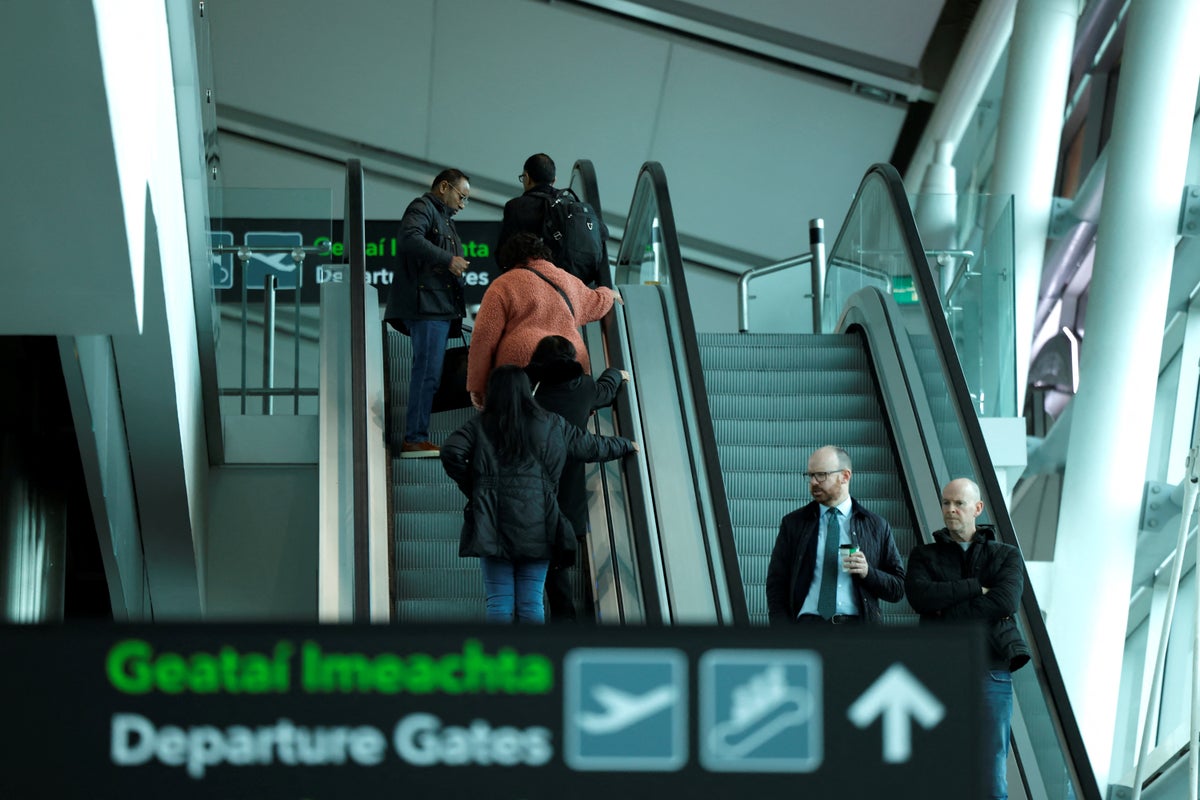Shopee stumbles in Europe, but still expected to double worldwide in 2022
Shopee is shutting down its operations in France on March 6, after setting foot in the country last October as part of its European push.

Sea Ltd has seemingly hit headwinds going into the new year, despite beating some estimates — like the quarterly group revenue which soared to US$3.2 billion, over US$230 million more than expected — it not only still suffered losses (though generally within predictions), but is also facing stumbles to its core money-making business, Garena.
Its leading game, Free Fire — which is the most downloaded mobile title for three consecutive years globally — was banned in India, and it is uncertain if company’s appeals are going to work.
At the same time, the world itself is going back to normal, with Covid-19 subsiding as the Omicron variant proves to be less lethal, which of course, is likely to make people spend less time on gaming.
Sea’s bearish assumptions suggest a drop in bookings for its digital business by around one-third this year, or a return to 2020 levels.
Shopee doubles again
That said, not all is doom and gloom.
Arguably, Sea’s most important business (at least in the long run), its e-commerce platform Shopee, had another record-setting year, reaching over US$5 billion in revenue for 2021, up from just US$2.2 billion in 2020.
By next year, it is expected to grow to around US$9 billion, an increase of 75 per cent year-on-year.
However, if we add the digital payments — which are naturally following the e-commerce arm thanks to ShopeePay and SPayLater — expected to jump by another 155 per cent in 2022, then the entire Shopee environment is going to surge north of US$10 billion in revenue (more than the entire group registered in 2021).
 Source: Sea Ltd. Annual Reports
Source: Sea Ltd. Annual ReportsObviously, only Garena is still turning a profit, while e-commerce is bleeding a few hundred million dollars per year. However, given the company’s successful capital raise of over US$6 billion last year, it has the war chest to continue chasing market share even if it’s still in the red.
The question now is: is it going to be enough to conquer the developed world?
First stumble
Thus far, Shopee has been on the up and up wherever it went, but this time, Sea admitted defeat just after a few months in France. It is shutting down its operations in France on March 6, after setting foot in the country last October as part of its European push.
It drew just a few hundred thousand visitors to its website per month, likely seeing no market for ultra low-price products there.
 Image Credit: Similarweb
Image Credit: SimilarwebWhile it maintains its Spanish store under shopee.es, the traffic to it is so low that it is not even registered by Similarweb.
It seems that its forays into Western European markets were low-cost/low-risk efforts to test the waters, while the company invested more time and money to establish itself in Eastern Europe such as Poland, where it actively recruited local sellers and manufacturers instead of simply offering cheap goods made in China.
 Image Credit: Similarweb
Image Credit: SimilarwebThe issue is, of course, that real money is in the pockets of wealthy consumers in the West. It is there where Shopee needs to head next to sustain its growth in the long run, and actually become profitable.
Right now, it’s successfully competing in largely less developed and developing markets (save for Singapore, naturally), but there are limits to growth that is based on selling low-priced, low-margin goods.
Even Amazon itself is not making a lot of money on e-commerce and the company’s cash cow is Amazon Web Services (AWS) — its cloud computing arm, rather than its shopping platform.
Competition in online retail is fierce. Margins are tiny and big platforms are effectively subsidising orders in pursuit of market share, much like ride-hailing companies have done for years (and, in many cases, still do).
This, perhaps, explains the negative reception of Sea’s latest results, despite strong growth prospects and results in line with the targets set back in Q3, when guideline price per share was set by some analysts at US$400 or over.
 Image Credit: Google
Image Credit: GoogleToday, however, Sea is trading under US$120, having lost nearly 50 per cent in this year alone.
Of course, there are larger macroeconomic factors that led to a global sell-off, but it also seems that investors are no longer so bullish and the ongoing Russian war in Ukraine is bound to sour their appetites even further.
To reinvigorate interest, Sea must prove that Shopee is able not only to grow in the developing world, but that it is able to get a foothold in the West, where — thus far — everybody except Amazon has largely failed.
Being stuck with a label of a low-cost, counterfeit knock-off could just as well be a kiss of death, just like the pioneer of the business, Wish.com, has recently learned.
Featured Image Credit: Reuters

 Tekef
Tekef 


























![6 Ways Creators Can Use Meta AI [Infographic]](https://imgproxy.divecdn.com/oWHvh1SOQzpl85udkH3rBnzoX7T5sjKPkJpQi2A8T5w/g:ce/rs:fit:770:435/Z3M6Ly9kaXZlc2l0ZS1zdG9yYWdlL2RpdmVpbWFnZS82X3dheXNfY21ldGFfYWkyLnBuZw==.webp)





